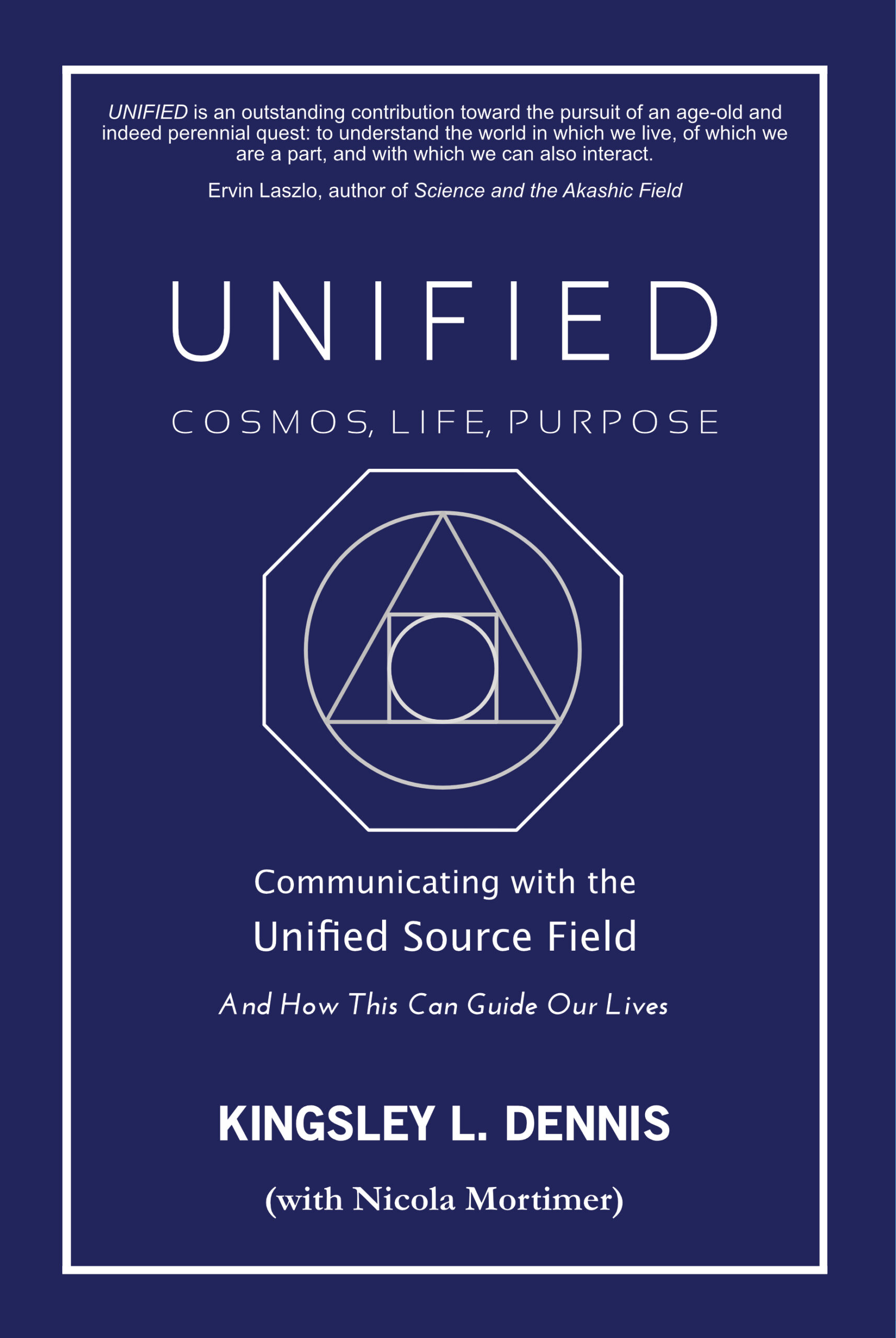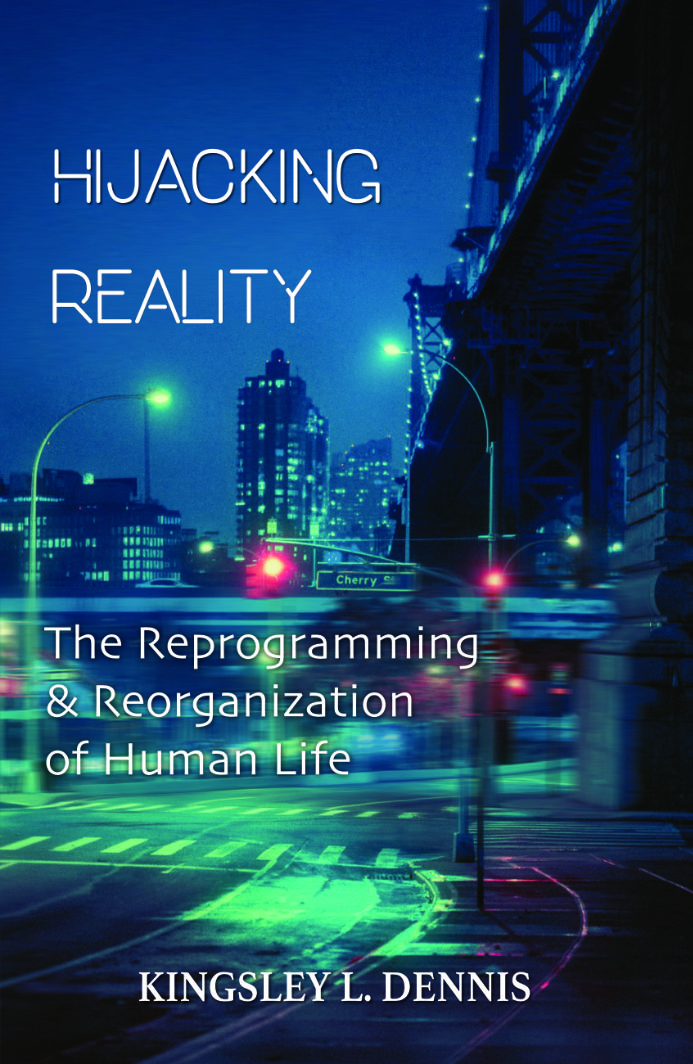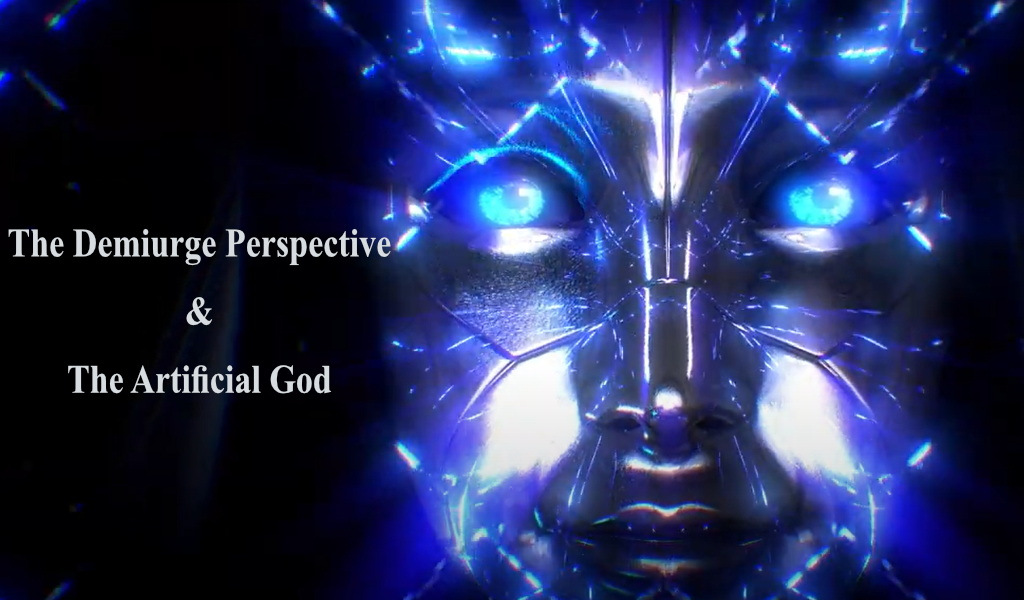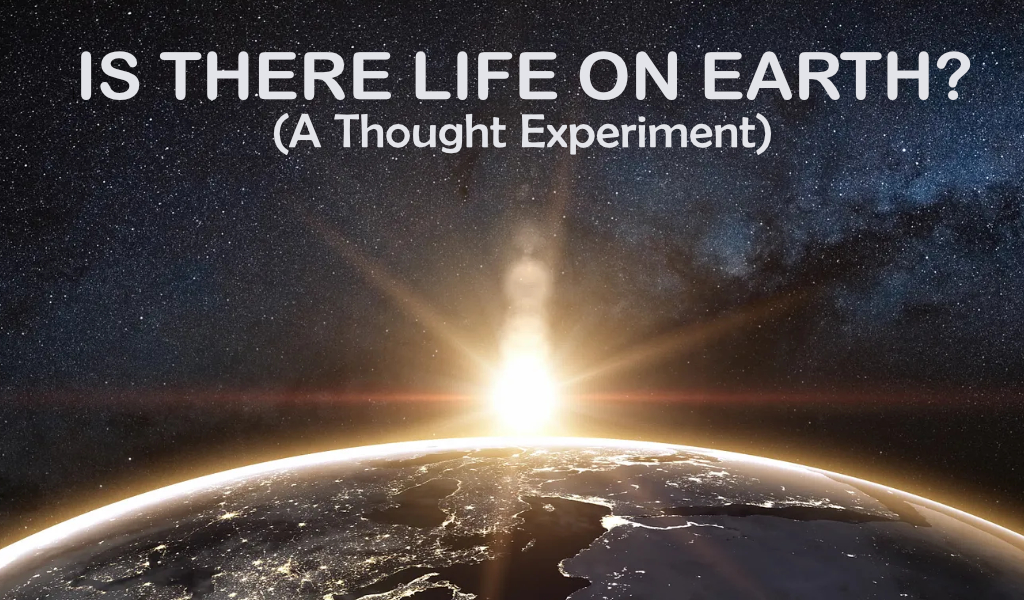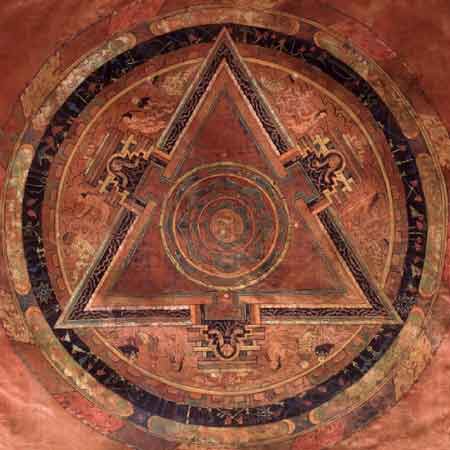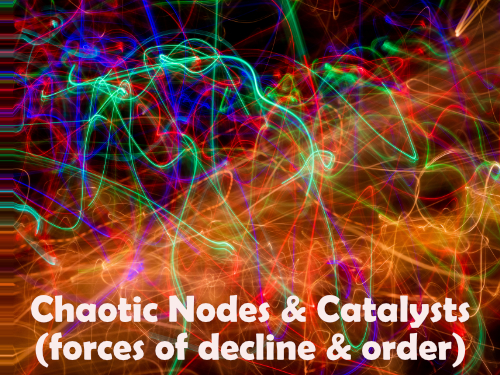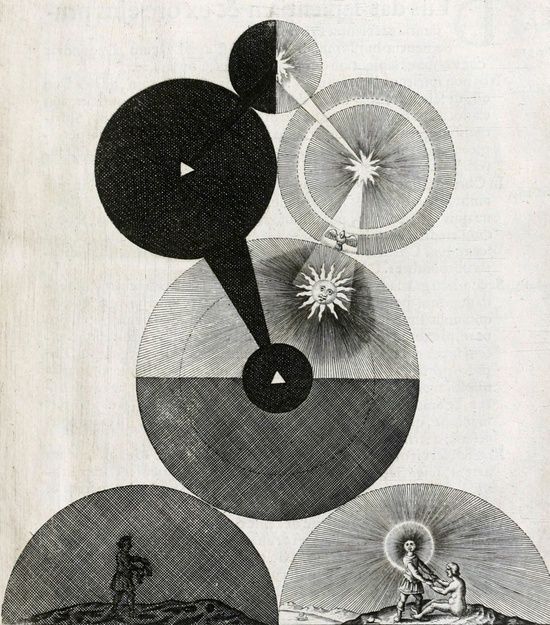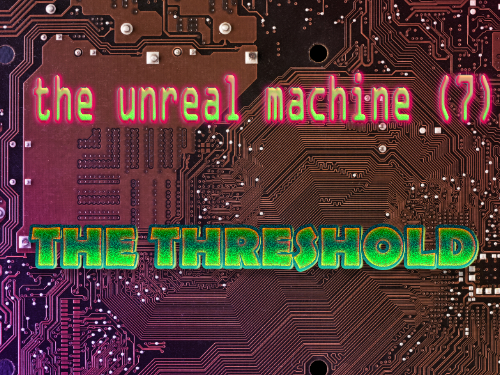The world we all live in today is experiencing a period of monumental change. Yet this is not a time for fear. Wth preparation and certitude the times ahead can be navigated. The keys to growth and renewal have been planted within each person. Much will be expected from people in the coming years as they face increased fears and challenges; challenges for which history holds few guidelines. Such challenges, whilst resonating within the heart of each person, need to be grounded within a very real physical context. The spirit does not live in isolation, but walks in life. As Native American “grandfather” says:
“Trying to live a spiritual life in modern society is the most difficult path one can walk. It is a path of pain, of isolation and of shaken faith, but that is the only way that our Vision can become reality. Thus the true Quest in life is to live the philosophy of the Earth within the confines of man.. we must walk within society or our Vision dies, for a man not living his Vision is living death.. It is very easy to live a spiritual life away from man, but the truth of Vision in spiritual life can only be tested and become a reality when lived near society.”1
The human species is, after all, a social species (as anthropologists keenly like to remind us). It is easy to behave “spiritually” when one is confined to the hermit’s cave; then our only struggles are with our ceaseless thoughts. Whilst the realm of the spirit may appear to exist “not of this world,” it very definitely is an important component “of the world.” Without the material playground, the spirit becomes ephemeral to us; unable to manifest tangibly within our everyday lives. So the life of the spirit needs to become very real for us, and well-lived. By living it, the presence of spirit can have greater effect. As “grandfather” again reminds us:
“If a man could make the right choices, then he could significantly alter the course of the possible future. No man, then, should feel insignificant, for it only takes one man to alter the consciousness of mankind through the spirit-that-moves-in-all-things. In essence, one thought influences another, then another, until the thought is made manifest throughout all of creation.”2
Any spiritual revitalization requires that each individual feel the worth of their participation; of their presence with friends, family and within the community. Progress will come through action; and knowledge, understanding and growth can also be achieved through right actions and intentions. The window of opportunity being presented to us now through the changes we are experiencing on all levels around us provides the opportunity for growth along new values, emotions and intellectual reasoning. To miss this opportunity and crave for the security of old perceptions and status quo material gains will be a sore transitory pleasure. This is neither a conspiracy nor a fairytale — it is a narrative of resilience, renewal and regeneration. As a global community of individuals we are being pushed towards developing and supporting a co-creative consciousness. This is our “new mind” for a “new world.” Yet this call for a new way of thinking is neither new nor unique. Each generation has supplied its spokespeople who have argued for a more elevated and illuminated way of thought and life. In recent decades this call has come increasingly from tribal elders and indigenous traditions.
In 1977 the Haudenosaunee (Iroquois Indians) penned a paper to an agency of the UN titled “Basic Call to Consciousness” in which they stated: “Today the species of Man is facing a question of the very survival of the species. The way of life known as Western Civilization is on a death path.. Our essential message to the world is a basic call to consciousness.. The technologies and social systems which have destroyed the animal and plant life are also destroying the native people.” As a collective “sentient” species we are being called into consciousness; as a necessity rather than a luxury of choice. My understanding is that the way forward will involve harmonizing inner intuitions with physical well-being and humanistic development. By humanistic, I mean a conception of the human within community, ecological, global and universal contexts. Part of our own species maturity is likely to be the dawning that we are currently living out-of-sync with our natural functioning and that we, as a species, are letting the side down. As living, sentient beings, we are often veiled from the knowledge of our own creative capacities for resilience and renewal. Some individuals may get the “wow factor'” one day when they realize that their life has been ignoring these truths for so long. Other realizations will come as material systems increasingly reveal the transparency of their corrupt and inept natures.
Through a combination of physical changes on the social, cultural, and political levels, people worldwide will begin to awaken to the audacity of our situation. From this there may be further “awakenings” as the ironic, incredulous, and absurd factors of many of our lifestyles are brazenly shown in the shocking light they deserve. However, there is great need to work. We are being asked — or compelled — to renew our selves and communities: to regenerate our relationship with the world we live in. This is not a time to fear for loss, but rather a time to aspire to new possibilities. A renewal and regeneration brings in new air, new potentialities, and new gains. There should be less clinging to the old when there is much vigorous work that needs to be done. Any spiritual endeavor cannot — or should not — be separated from the physical. The human is a physical creature that is nourished from a physical world.
Whilst we sojourn on this planet, and whilst our home remains physical, we have a responsibility to manifest our spirit within the physical domain. This is what is required of us, and deep within we all inherently know this. We are here to work together.
1. Brown, T. (1991) The Quest. New York: G P Putnam’s Sons.
2. Brown, T. (1991) The Quest. New York: G P Putnam’s Sons.




